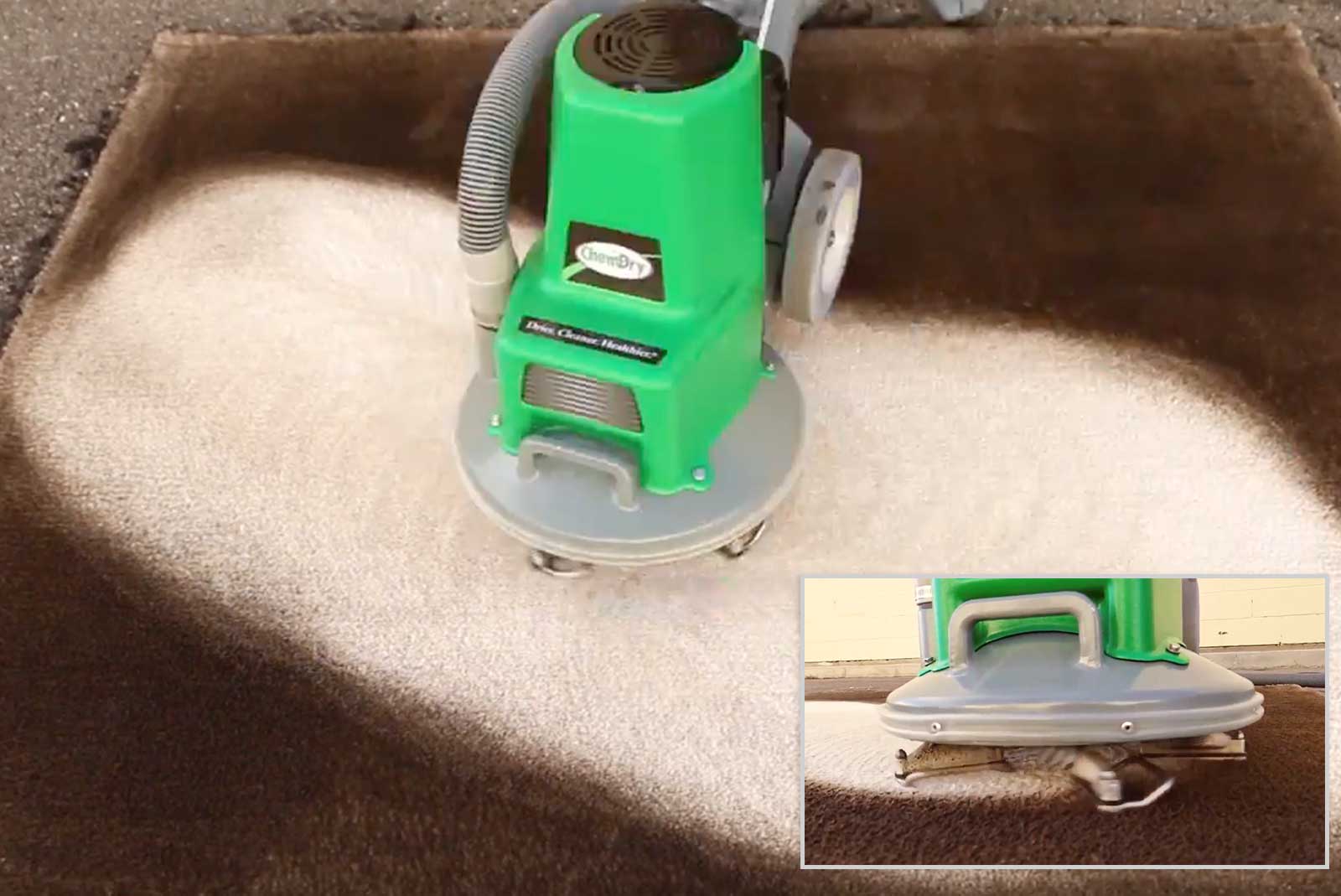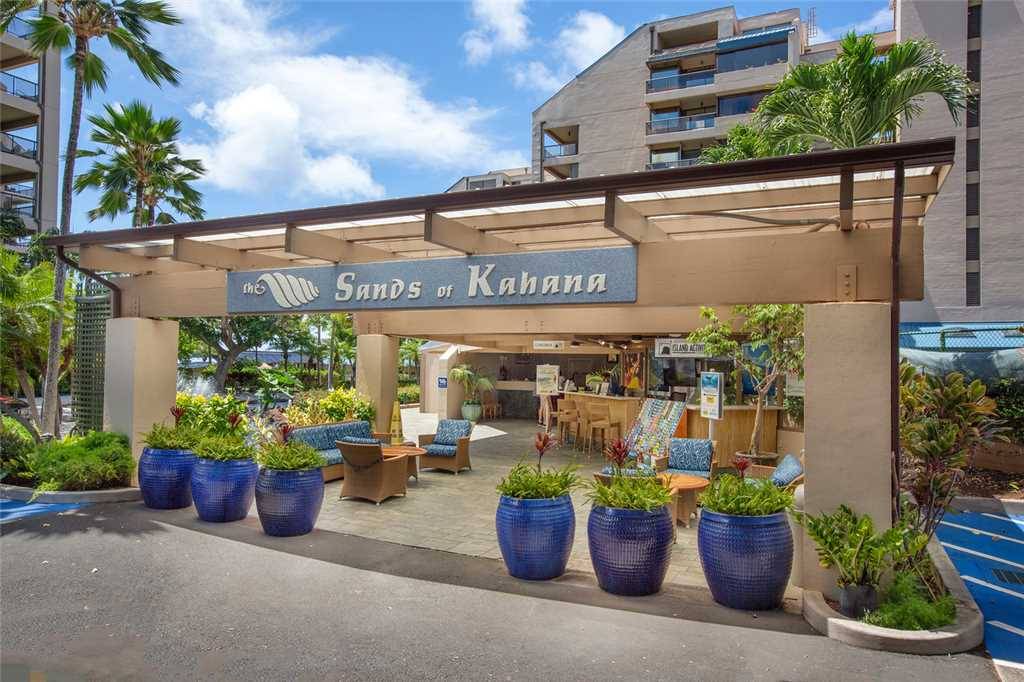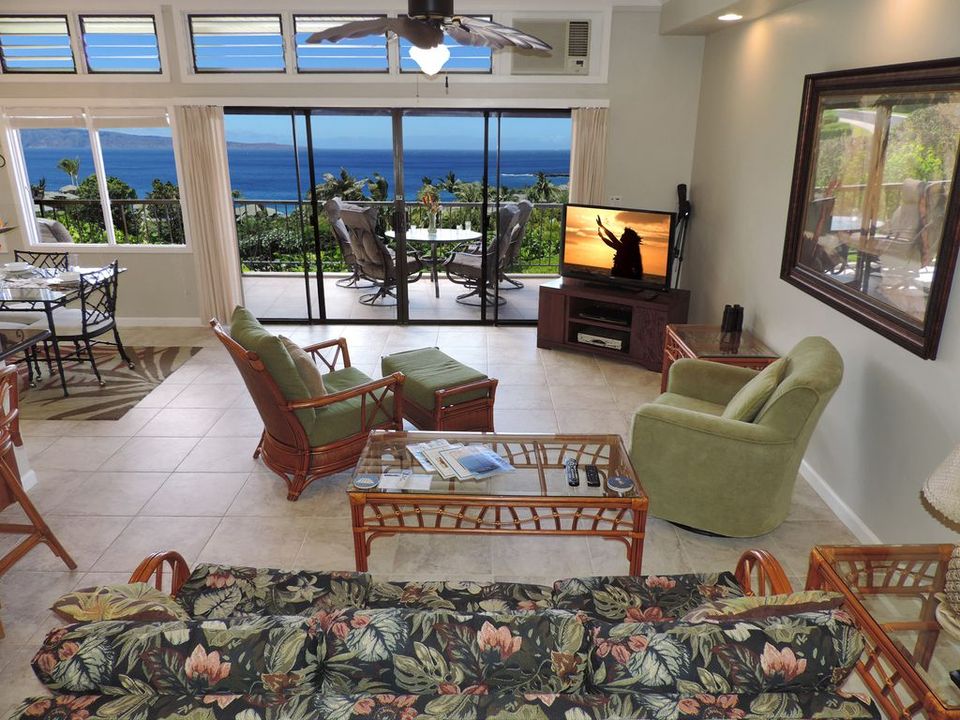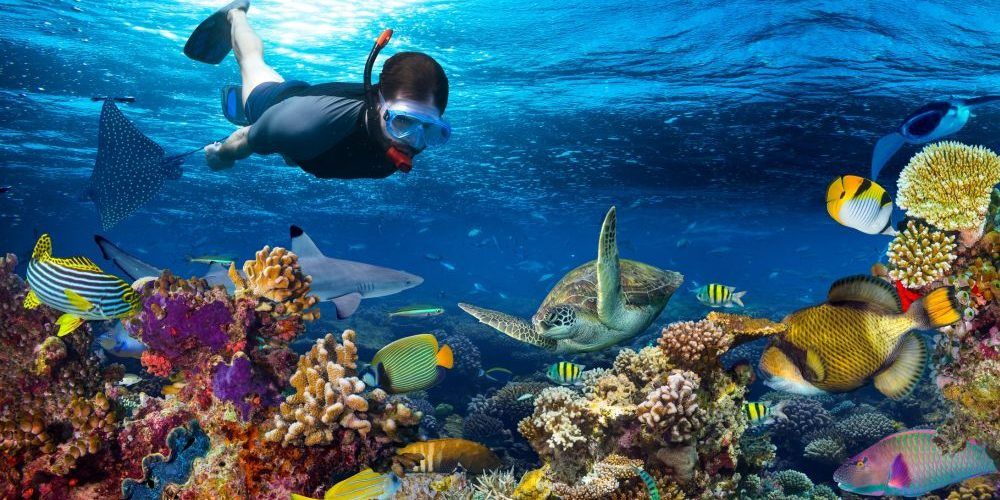This Just In...
Avoid Vacation Rental Scams
Here are 8 tips to help you get exactly what you’re looking for when booking a vacation rental.
There are many benefits to booking a private home for your next vacation. Most short-term vacation rentals offer more space than traditional hotels, giving you a bigger bang for your travel buck. Access to a kitchen and common areas can be a huge perk for people traveling in groups and those planning to stay more than a few days in a location. And in general, vacation rentals offer a homier experience compared to large hotel chains, as well as the chance to feel more like a local in a destination.
But booking a short-term rental can expose you to more risk than booking with an established hotel chain. As of early April, the Better Business Bureau
had already received more than 90 travel fraud reports in 2019.
Fortunately, there are steps you can take to ensure a listing is legitimate. Here are 8 tips to help you get exactly what you’re looking for when booking a vacation rental.
1. Pay attention to photos. Legitimate listings will include multiple photos of the home’s interior. Be wary of listings that only show photos of the region,surrounding areas, or only have one or two interior shots. A good host will also be glad to accommodate any requests to see additional photos of the house, a specific room, etc. If you’re still unsure, do a Google reverse image search. If you see the same photo on unrelated listings or stock image sites, run.
2. Map it! If you can get the address of the home, do a Google Maps search to make sure the property exists, said Robert Siciliano, who owns an Airbnb and is the CEO of Safr.Me. You can also use Google Street View to explore the area.
3. Ask questions. Hosts want you to book their short-term rentals and should be happy to accommodate any questions. Ask about the city to validate the property management team is actually based in the area, advised Jim Prugh, owner of Lindsborg Vacation Rentals. What are their favorite places to shop and eat? Where do they buy their groceries? Then check to see if these places actually exist nearby.
4. Be wary if someone asks you to send important documents during the booking process, like your passport, ID, or Social Security card. You could become a victim of identity theft, warns the Better Business Bureau.
5. Trust your gut. If a deal seems too good to be true, it probably is, said Scott Dobos, director of rental operations at Legacy Properties Sotheby’s International Realty. The Federal Trade Commission warns
that scammers will try to lure you in with deals or hard-to-believe perks. Search for similar listings in the area to see what a rental normally goes for.
6. Use a trusted booking site. Sites like TurnKey Vacation Rentals vet all of their listings. Other popular home sharing sites will list which details of the listing have been verified, including the photos, listed amenities, and the host’s identity. Be wary of listings on sites like Craigslist, which don’t offer this kind of protection.
“You might find the same home listed on the large vacation rental platforms and on Craigslist. While it may be tempting to supposedly book directly with the homeowner and save money, those are often scams,” said Veronica Hanson, owner of Vacay Visionary.
7. Don’t wire money. Booking a rental via a credit card offers you more protection than paying by cash or wiring money, said Siciliano. If there is a problem with your rental, you can dispute the charges and reduce your liability.
8. Read all the reviews. But don’t just do a quick scan. Dig in to see what each user says. If you’re keen to rent a house because of a feature like a beachside terrace or pool, search for reviews that specifically mention this amenity.
By following the tips above, you’re more empowered to find the vacation rental home of your dreams for your next vacation. If you do find a scam while planning your trip, report it directly to the Federal Trade Commission at ftc.gov/complaint.











